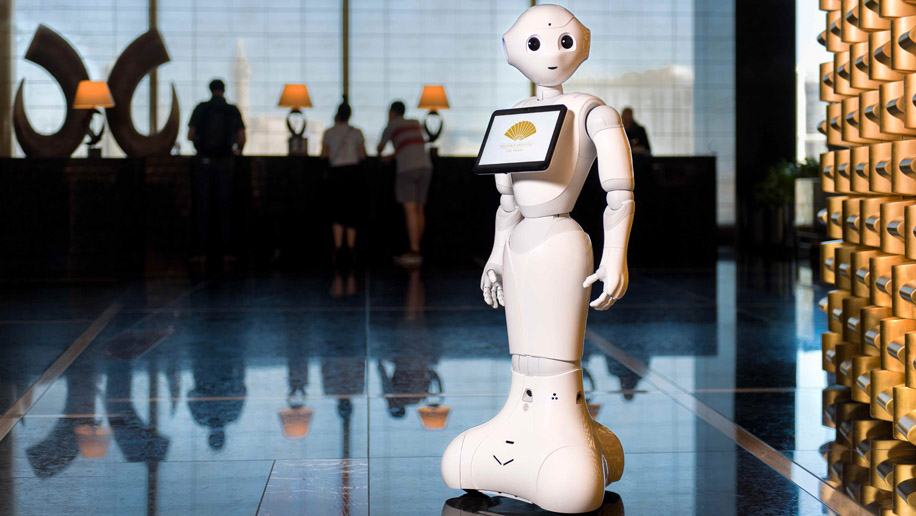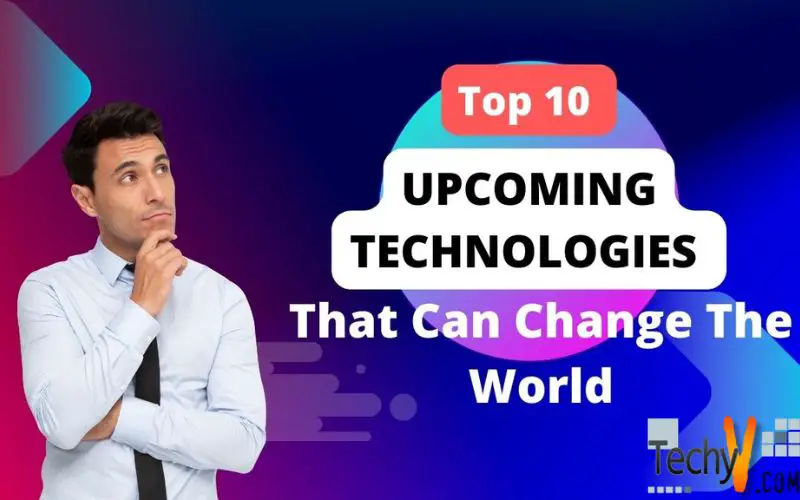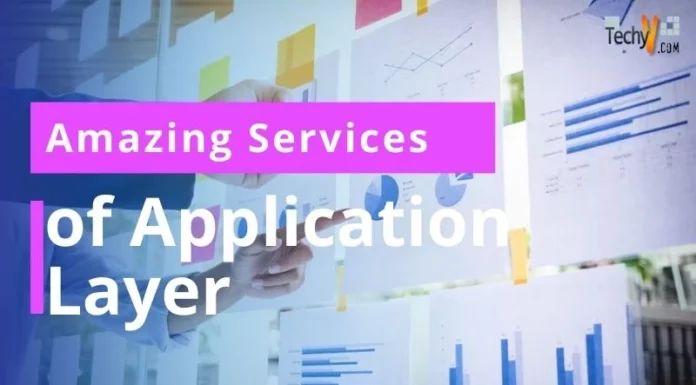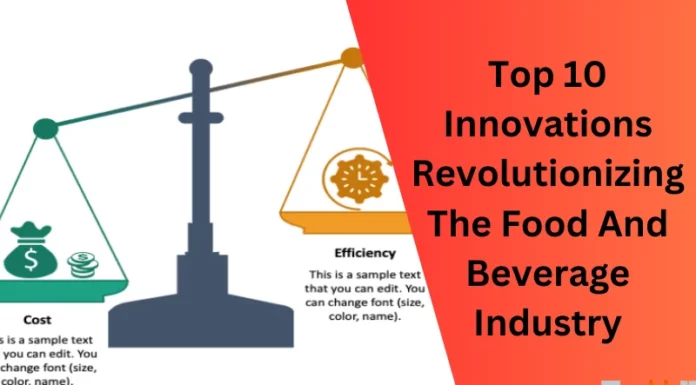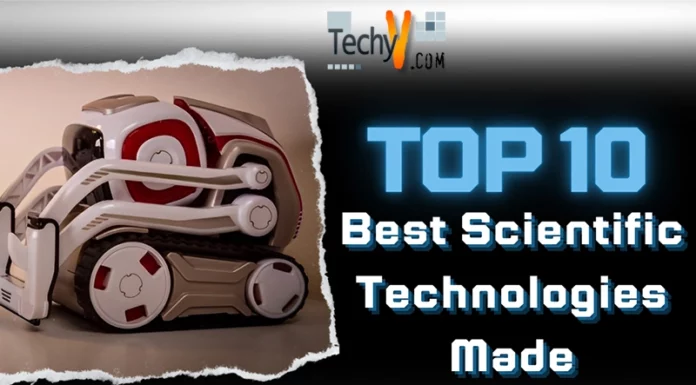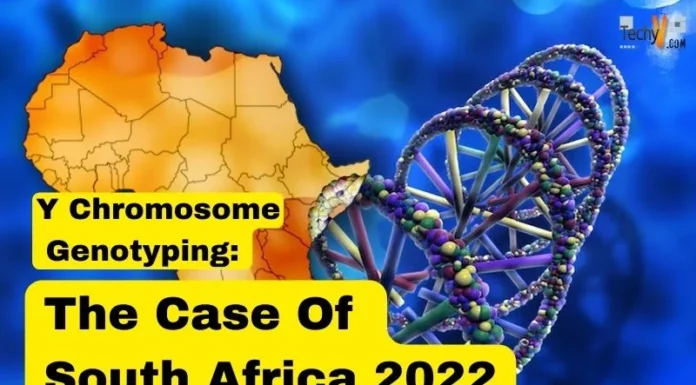1. Connected And Smart Everything
No doubt you are familiar with the Internet of Things (IoT) from devices such as smart TVs, smartwatches, and smart thermos-stats. IoT refers to an increasing number of smart, connected devices and objects capable of collecting and transmitting data. In future terms, anything that can be connected and will be. Not just in terms of devices and products – although that is absolutely an important consideration for businesses – but also in the spaces in which we live and work. From smart factories and affiliated offices and cities, our surroundings will be continuously equipped with the ability to monitor what is happening and to act appropriately.
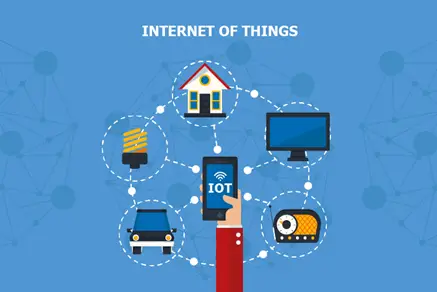
2. 3D Printing
Nowadays, the materials used for 3D printing can be anything: plastic, metal, powder, concrete, liquid, and even chocolate. All houses can now be printed in 3D. It has the power to transform production. In short, 3D printing give the manufacturer the ability to create things that can be easily produced in traditional ways, simplify the production processes, and create more personalized products (even complete different ones), all while eliminating waste and reducing costs.

3. A Computer Without A Server
A computer without a server is truly a server. Without access to very dark art, it is not possible to provide accounting services without a virtual server. Instead, these technologies effectively distribute those resources. This technological change means that companies no longer have to worry about infrastructure or bandwidth, which also promises gold tickets for ease of use and cost savings.
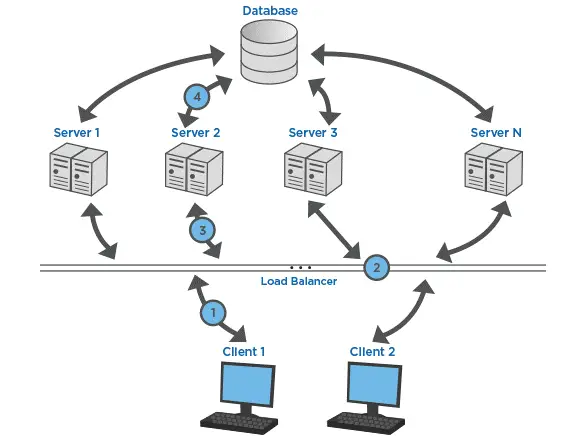
4. Extended Truth (XR)
XR is an umbrella term for a variety of embedded technologies: virtual reality, virtual reality that is unpopular with taxpayers, and mixed facts. In the future, I believe our global awareness of this phenomenon will become increasingly common in this dark space. Between the real and the digital world and the XR will accelerate this transformation. Companies must therefore begin to consider how they will respond to this, and give their customers and employees a deeper feeling.
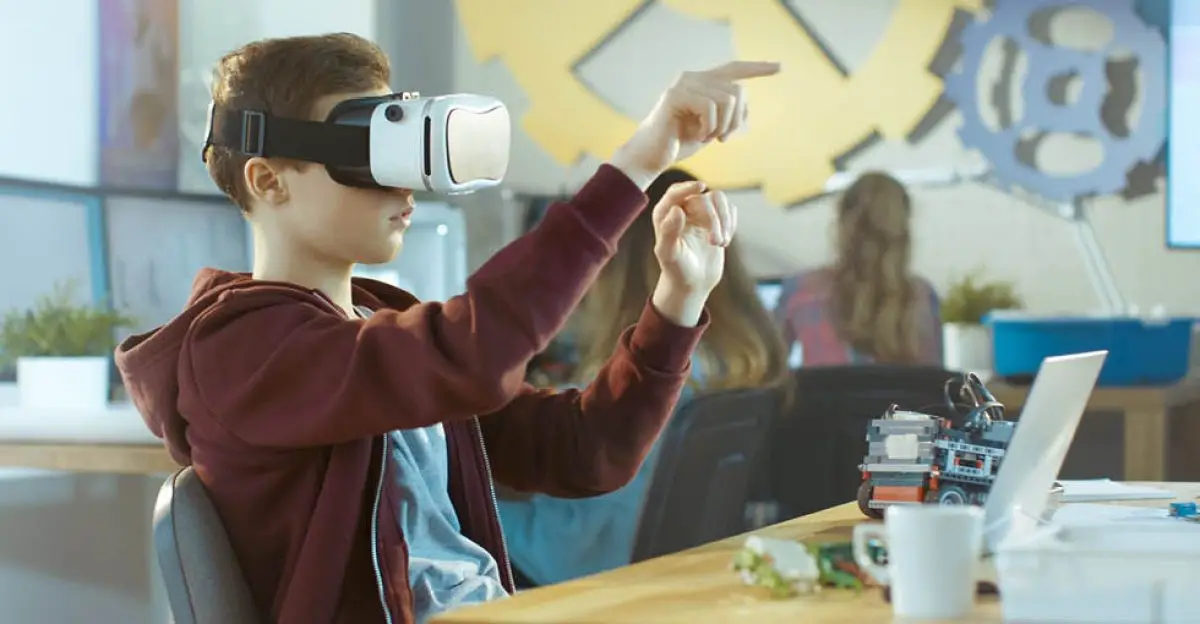
5. Neurons Made From Silicon Chips
Scientists have discovered how to attach neurons to silicon chips, mimic neurons in our nervous system, and copy their electrical properties. That is a billion times the microprocessor power requirement. The researcher hopes their work could be used in medical applications to treat conditions such as heart failure and Alzheimer’s as it requires less energy.
6. Li-Fi
The name means everything: Li-Fi aims to use light to transfer information from point A to point B. The technology works by encoding digital data coding and turning on and off LED headlights faster than people can realize to transmit. The light then passes to the photoreceptor, which can detect and translate data into older radio frequencies (Wi-Fi, 4G, and 5G). Benefits to doing things this way. What about the light used the speed at which the information is transmitted is very high – Up to 100 G bit / s, in theory; 5 times faster than 5G. In addition of a large number of LED bulbs around us indicate the potential future when access to (cheap) data access points is everywhere. Finally, the light waves used as a Li-Fi base do not pass through walls (but can still be seen emanating from them).
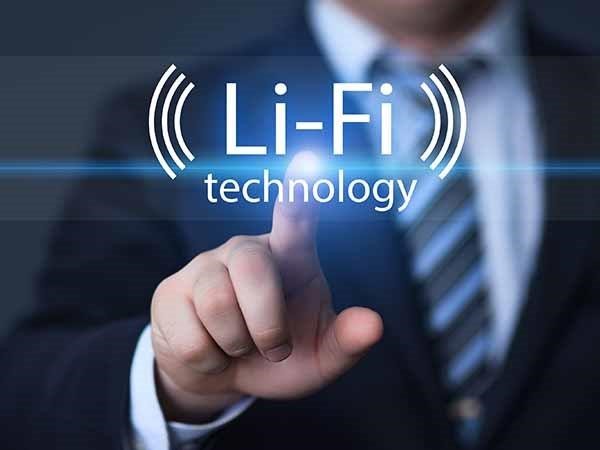
7. Robot Bees
The bees are not good there, in terms of the weather. And that kills bees, which we need to pollinate 35% of our plants, which we need to eat, and which we need to keep alive. will we stop climate change to save bees? No, that’s not how we roll. Instead, we will create robotic bees to pollinate plants just as they do real things. And by we, I mean Walmart. Details are unavailable, but most researchers estimate that bees can work by attaching a horse-covered ionic gel to a small plane. The hair picks up pollen from one flower and then moves it to another. Harvard researchers have long been working on “Robo-Bees” using such techniques. Walmart offers a wide range of sensors, cameras, and artificial intelligence to find the right plants and pollinate as needed.

8. Automated Vehicle
Electrical installation, self-driving, and connection are three things that will shape the future of a car, which means an electric vehicle that is independent and connected. Electrical installation of vehicles will solve the problem of pollution and noise of current vehicles. Driving automatically will significantly reduce the number of accidents. Connecting will allow passengers to interact with information (weather, traffic congestion, etc.) and take care of it during the trip.
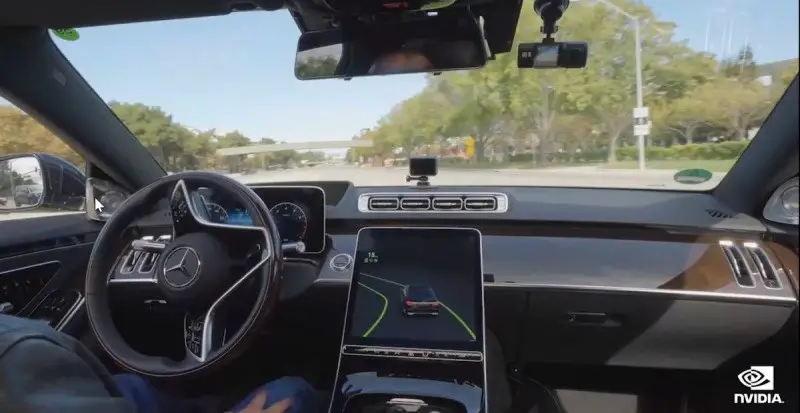
9. A Stimulant Drug
Although it may sound like a science fiction novel, doctors are already making body parts designed for order. To begin with, doctors rub the cells in the affected part of the body and then enlarge the petals. Over time, the organ grows strong enough to fit into a patient. One company, Organology, developed a printer capable of printing 3D body parts. Over time, this new technology will expand, providing patients with life-saving organs.

10. Robot Assistants
Companies like Boston Dynamics have already developed a variety of robotic assistants that can be used in industry or on the battlefield. The company originally started as an arm of MIT and has since pioneered the development of intelligent robots that work successfully in the real world. Knight scope is another company that operates a line of robotic assistants for security applications. For example, its K5 robot has four cameras and can detect 300 licenses per minute/camera.
